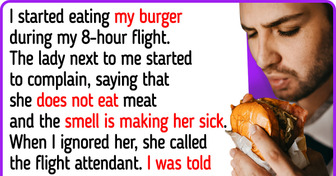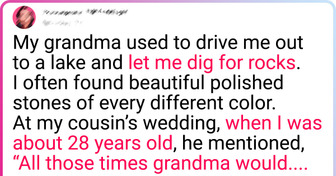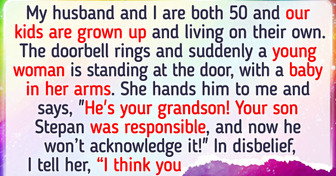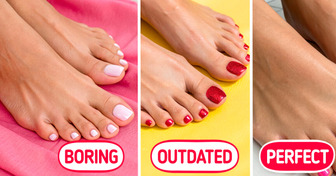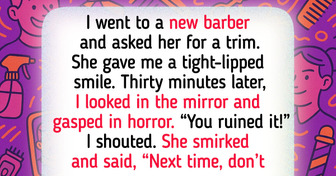15+ Stories That Prove Moms’ Love Tank Never Runs Empty
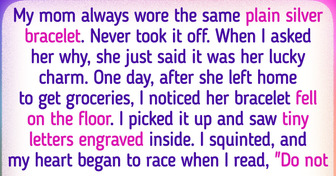
Some people even see colors as letters and numbers or hear them.
Those who live closer to the Arctic Circle can name different shades of snow because that’s what they see all the time. To others, it’s just white.
Some languages only have general names for colors. For example, “dark” stands for cool hues, like black, blue, and green. Colors like white, red, orange, and yellow are all called “warm.”
Your eye processes more variations of warmer colors than cooler ones.
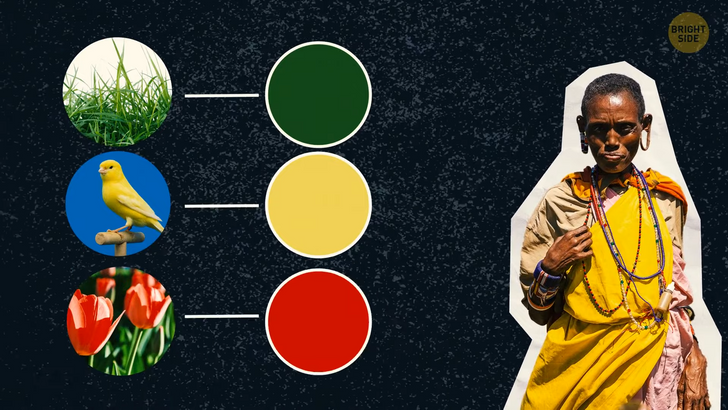
There’s a tribe in Australia who describes texture, the function of an object, and how it feels instead of its color. They don’t have any names for colors at all.
The Candoshi who live on the banks of the Amazon River in Peru don’t have a word that would describe the very concept of color. Instead, the name of some yellow bird will be used to describe the yellow color. Any ripe fruit will stand for red, and unripe fruit — for dark green.
A lot of people lose their ability to perceive some colors as they get older. By around the age of 70, their eye lenses become yellowish. This natural yellow filter they look through doesn’t let them tell blue from purple and yellow from green.
Half of your brain is hardwired to process visual information. A much smaller part is left to perceive flavor. That’s why the color of food or drink can boost or curb your appetite. You’ll always choose the reddest apple because your brain perceives it as the sweetest and ripest.
There are no naturally blue foods, so you’re least attracted to them and can even fear them. That’s why installing a blue light in your fridge or eating from blue plates is a great way to eat less.
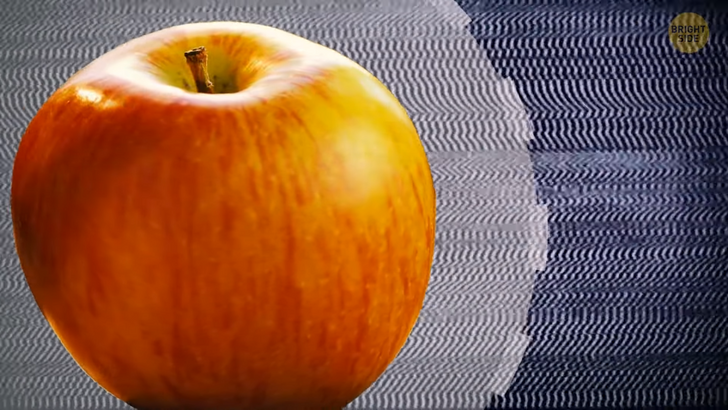
You’ll always choose brighter fruits and vegetables because they’re associated with a richer flavor. Eating them makes you feel healthier and happier.
Yellow can boost your appetite as you associate it with energy and excitement. White can trick you into eating more and paying less attention to what you’re munching on. That’s because white food seems more harmless in terms of calories. If you eat from a white plate, you’re more likely to overeat as it makes food look brighter.
Your brain also remembers the color of food wrapping. If you put salt and vinegar chips into a cheese and onion package, you might not even notice the difference in flavor while snacking on them.
Food companies know that you’ll eat more of whatever they’re selling when it comes in different colors and flavors. Red gives you courage and strength for physical work. Yellow makes you happier and more productive and confident. Green brings balance and harmony to the office environment. Your eyes also love this color — they don’t need time to adjust to it. Orange gives you a sense of comfort and warmth, so it’s perfect for an office lounge.
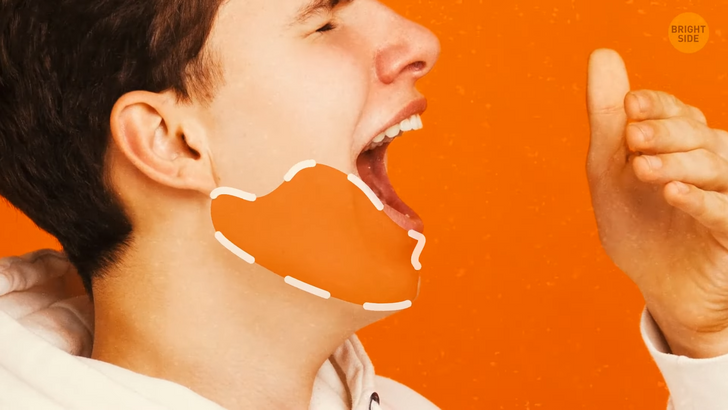
Birds, fish, and many mammals see the entire color spectrum in all its glory — just like humans. For some animals, good color vision is crucial — without it, they won’t tell ripe red fruit from unripe green fruit.
Whenever we yawn, we use the muscles in our mouth and tongue, and the contact can squeeze some of the saliva-producing glands. As a result, we might squirt a tiny stream of saliva without even noticing it. I had a friend in college who could do that at will. It was impressive.
It turns out that saliva is basically filtered blood. Blood is processed thanks to special glands, and special cells absorb its properties. After that, the blood becomes saliva.
People with red-colored hair are one percent of all people. 2 percent are natural blondes. Yeah, most people you see with these hair colors have dyed hair. Black is the most common hair color in the world.
Your memory is affected by your body position. For example, you’re much more likely to recall a situation where you waved to someone if you stand and wave again.
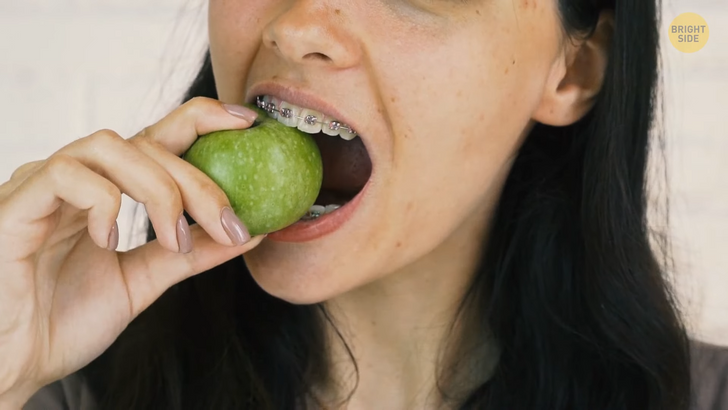
Most scientists agree that tears that appear out of emotion are a unique human feature. No other animal is capable of crying because of sadness or joy.
The pupils narrow and expand in order to control the incoming light. If there’s a lot of light, they narrow the “passage” for light so as not to harm the vision. In the dark, the pupils expand to “capture” as much light as possible.
The tongue has a lot of muscles. And some of them can strain only when you’re learning a new language.
A human bite almost always becomes infected because of all the bacteria that live in our mouth. In this sense, we’re quite close to hyenas.
Your bones are designed to be used a lot daily, and some of them can absorb two or even three times your body weight. That’s impressive, but your teeth are even stronger!
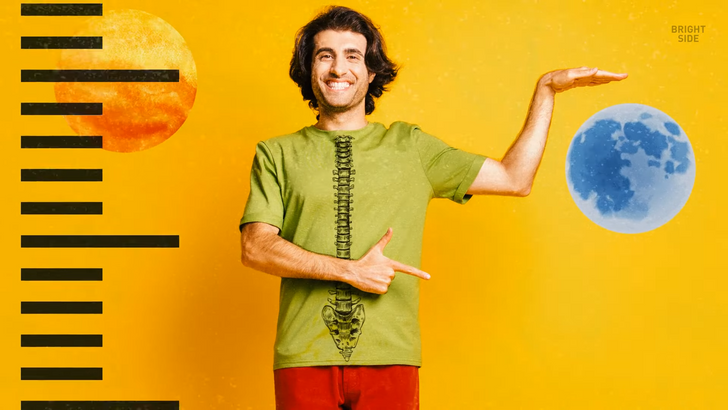
Even if you brush your teeth twice a day and never forget about mouthwash, your mouth still stays one of the dirtiest parts of the human body. Millions of bacteria live inside it. The good news is that most of these bacteria are good for the body and protect it from bad bacteria and viruses.
In the morning, you’re taller than in the evening. While sleeping, you’re no longer affected by the force of gravity, and your spine stretches. Too bad you become shorter by daytime, though.
A roller coaster actually tosses your organs around. So when you feel like your stomach’s falling down — it’s actually flipping inside your body!
You think your fingerprints are the only unique thing in your body? Well, they’re not: your tongue print and your smell are also one-of-a-kind. If anyone sniffs you, it’s reason enough to get suspicious!
If all your blood vessels were stretched into a single line, boy that would hurt! But it would go round the Earth more than twice! An impressive feat that you wouldn’t see because, well, you can’t live without your blood vessels.
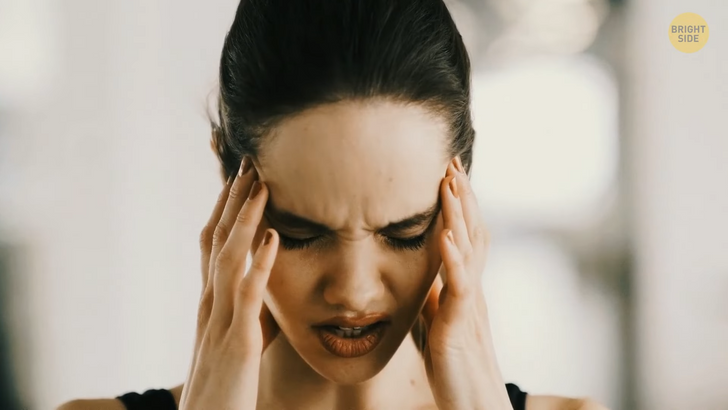
Toothache and headache are linked together thanks to the trigeminal nerve. It goes through the jaw right to the head, so when you feel tooth pain, it usually goes hand in hand with that in your head.
You lose calories doing literally anything. A healthy 8-hour sleep, for example, makes you lose up to 800 calories. And yes, you spend energy even while eating!
A person can go without food for more than 20 days. However, if you don’t sleep for 10 days, your body will simply stop functioning. Talking about sleep, the average person forgets 90% of their dreams. And maybe that’s a good thing. Otherwise, imagine how crazy the world would’ve been!
The color of your dreams is affected by the TV you watched as a kid. If you’re of an older generation that watched black-and-white TV, you’ll see monochrome dreams more often than not; if you’re used to color television, your dreams will also be colorful.
Out of every 10,000 people on Earth, one person has their organs mirrored, or reversed from their usual and customary positions. That is, their liver would be larger on the left side, and the right kidney would be a bit superior to the left one.
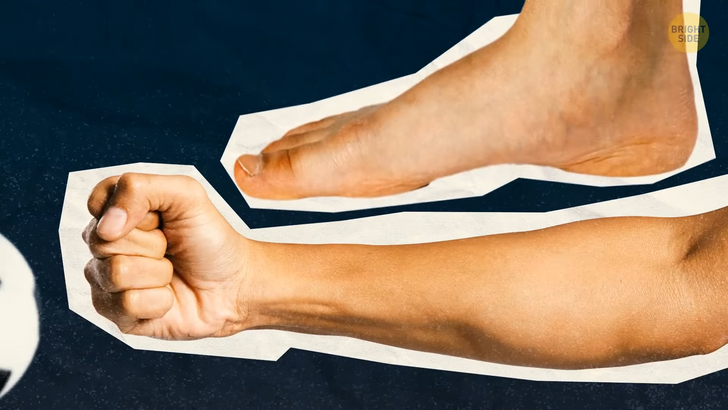
People with light-colored eyes (blue or green) are better at tolerating pain than those with dark eyes. Scientists think it might be related to melanin that affects the color of the eyes.
The length of your foot is similar to that of your forearm. Don’t believe me, go check. I’ll wait right here.
We humans have 7 major holes in our bodies: our mouth, ears, nose, eyes and our, you know, down under. (Hey we’re Australian! G’day Mate!) We’re also a Torus — if you dig geometry. A human ring, a donut, a lifebuoy, or even a bagel! (Bagel. Yum, don’t forget the shmear!) Seriously, counting the pores in your skin and the rest, there’d be millions of holes, though! Trillions, more likely. Holy cow, we’re holey!
Bodies throw thermal radiation off as a tiny amount of light. This light is 1,000 times less visible than normal light, so you’re not a torch yet!
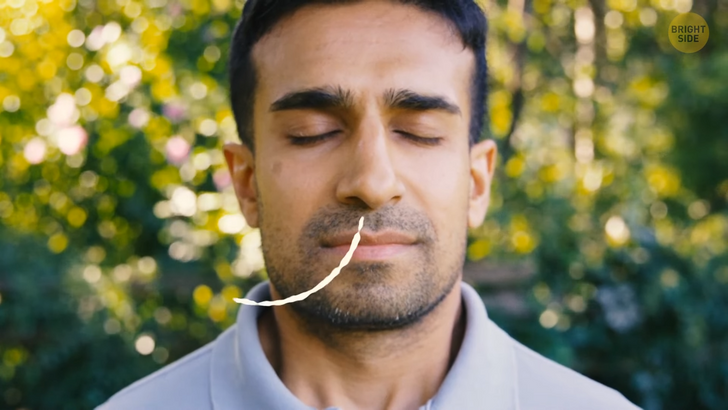
Breathe in deep through your nose. Air only goes up one nostril at a time, and our nostrils take turns at it! Sharing is caring.
Our brains tell us when our bodies hurt, but they can’t feel pain themselves! There are no pain receptors in the brain. That feeling of your stomach rising is what actually happens.
Hold on! Every human has a unique smell, except for identical twins. They share the same DNA and the same smell!
Our fingerprints aren’t just for identifying us to police if we’ve done something wrong. The ridges allow our skin to stretch to prevent damage and improve our sense of touch.
When you’re scared, you can become a lot stronger than you were before! Maybe not lift a car strong, but you won’t feel pain or fatigue as quickly.


